Digital Eye – Blind and Visually Impaired in the Digital Age
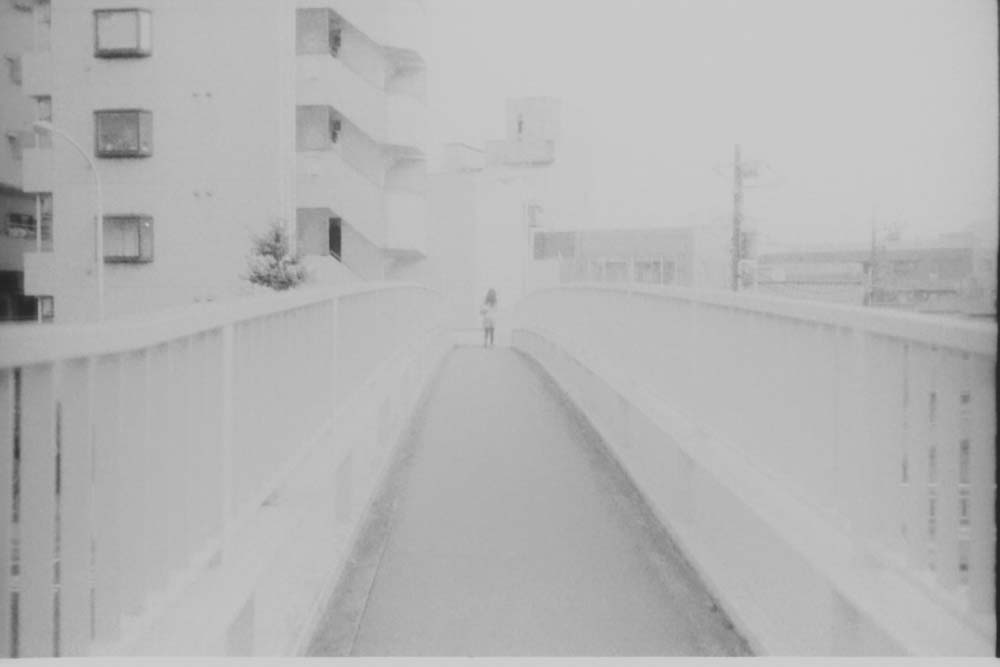
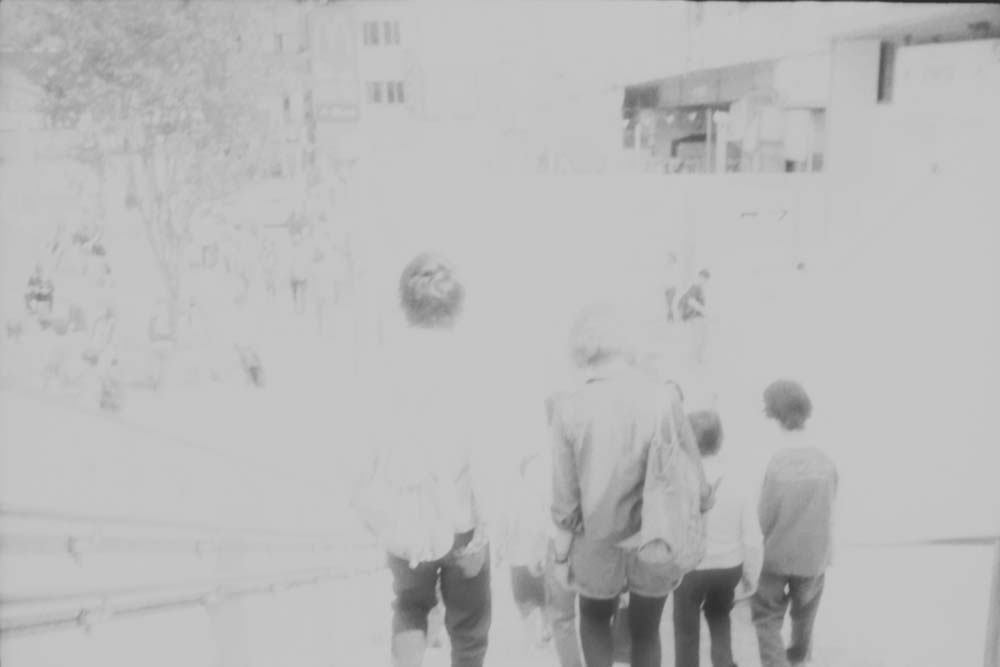
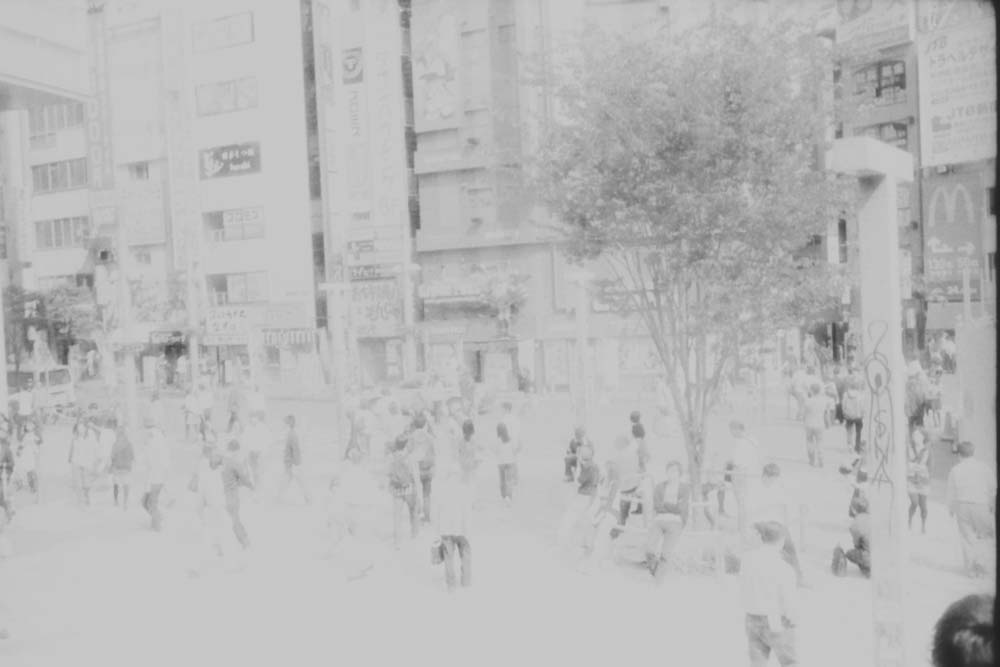

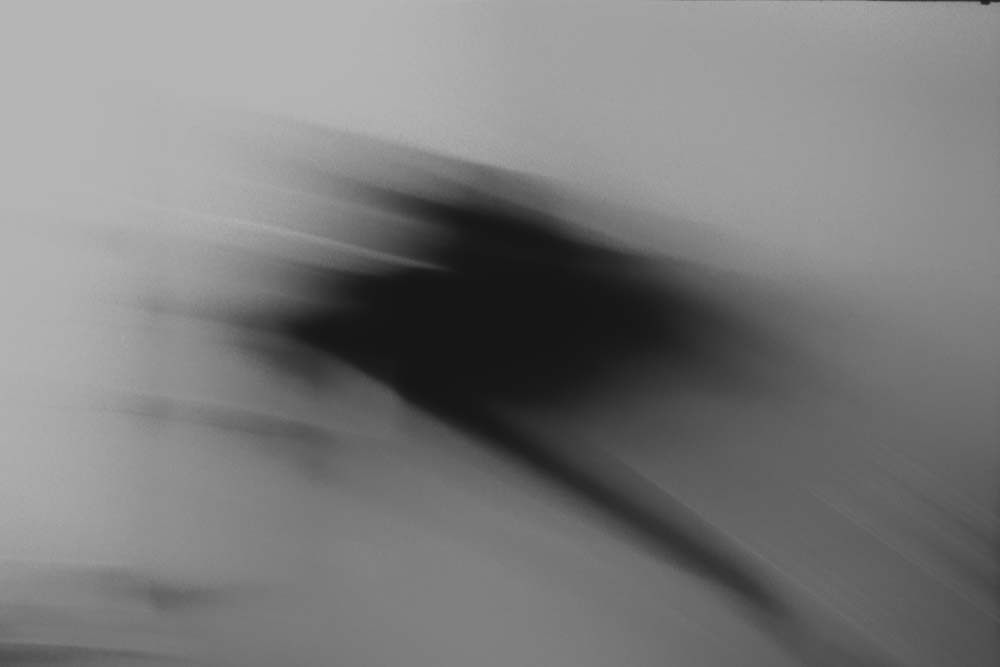
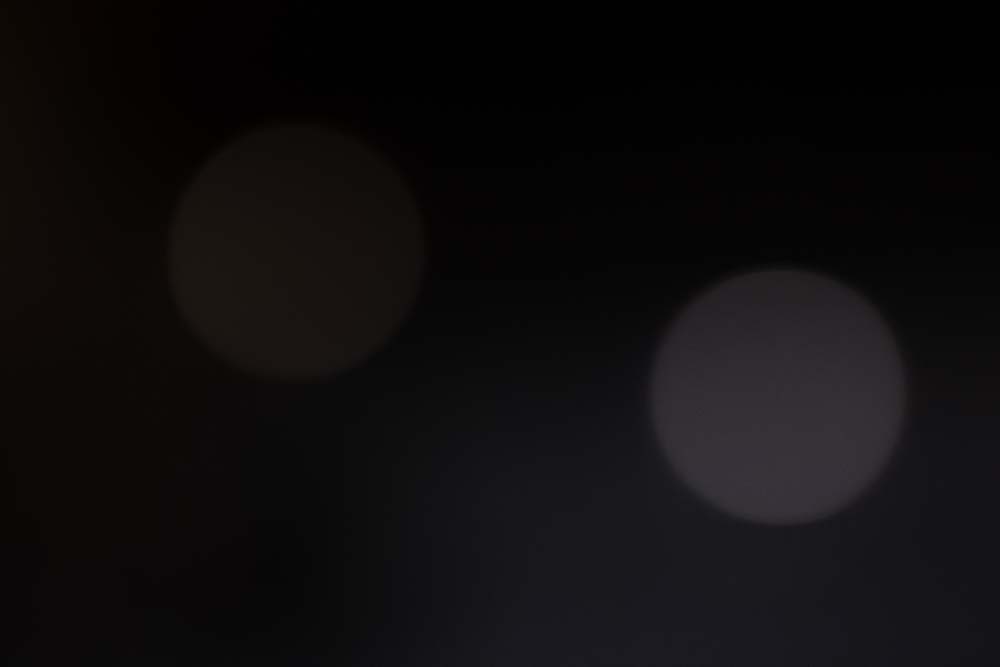

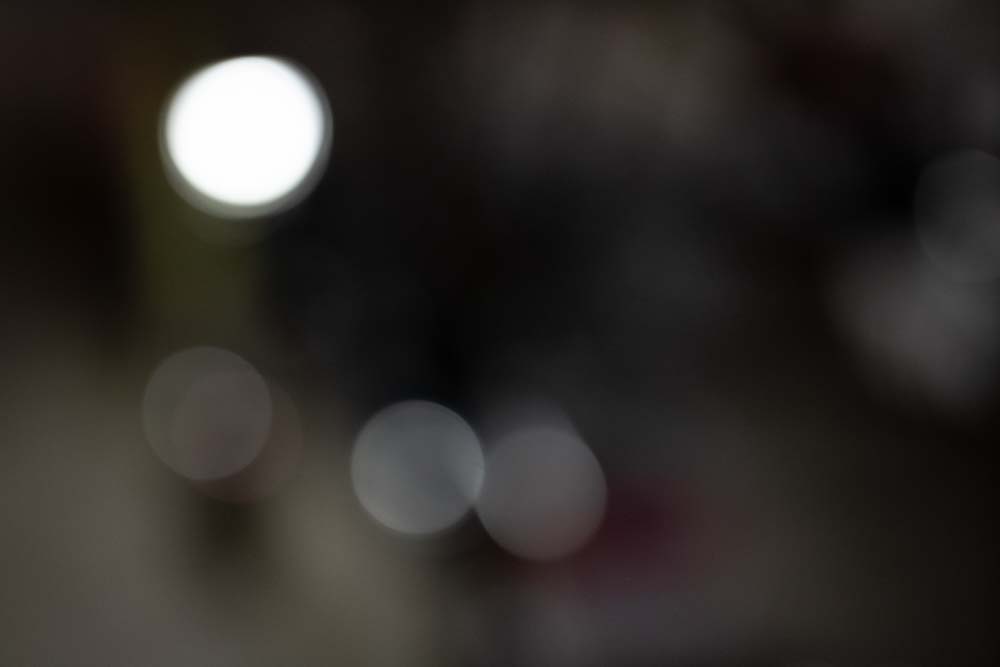


* This film is MACHINIMA(machine+cinema), that means that all footage materials were recorded with not a video camera but a computer screen capture.
Internet technology and social networking service have generally been designed on the basis of visual information, but in recent years there have been remarkable improvements in accessibility to them. This research focuses on how blind and visually impaired people in the digital age use internet technologies and social networking services to support their lives.
For the research, I conducted online interviews with 12 blind and visually impaired people via Messenger, FaceTime, and Zoom, asking them questions about:
– Do you use a computer or mobile phone? If you are using it, please tell me how and what for.
– Do you use SNS? If you are using it, please tell me how often and why.
– What apps do you use to support your disability in daily life.
All the interviews were recorded by a computer screen capture, and for the machinima, I used some materials recorded from social networking services and mobile phone’s VoiceOver. Additionally, in order to reproduce the sight of blind and visually impaired people, I made and used some digitally processed images.
Through the interview, it was revealed that blind and visually impaired people use the Internet on a daily basis as often as sighted people, using the accessibility features built in a modern computer and a mobile phone to obtain information in a timely manner and support/expand their own lives. This is a clear improvement from the age when the information was available for them only in Braille, and this improvement has made the information gap narrow between visually impaired people and sighted people. They also actively use social networking services like Facebook and Twitter to broader communication. Sharing content and messaging online not only helps them connect with people with the same disability, but also gives them the opportunity to communicate with sighted people. Here’s a quote from the interview: “Blind people used to belong to a community of blind people, but now they have more opportunities to meet various people behind the blind’s community through social networking services.” More and more blind and visually impaired people are actively sharing their experiences in the digital space. There are many Youtubers who set up channels on Youtube to show their daily lives for share how they are living with their disability. In recent years, many apps which support the life of blind and visually impaired people have been developed. For example, map apps with an accurate VoiceOver feature like Maps, NaviTime and GoogleMaps are used the most, and those came to be indispensable for blind and visually impaired people when they go somewhere alone. Apps like Seeing AI, Envision AI and TapTapSee use AI to analyze and tell what’s in front of you. AIRA and BeMyEyes enable blind and visually impaired people to connect sighted people online when they need help. Those apps came to be used on a daily basis and are helping blind and visually impaired people to do what they used to be limited to. WHO estimates that the number of blind and visually impaired people in the world will be 550 million in 2050, three times the current number. Internet technologies and social networking services will need to be more barrier-free and have to be accessible to everyone regardless of disability in the future, AR and perhaps VR will be no exception. As a matter of course, people engaged in visual media like a visual anthropologist and a filmmaker have to consider accessibility to their own works.
2020